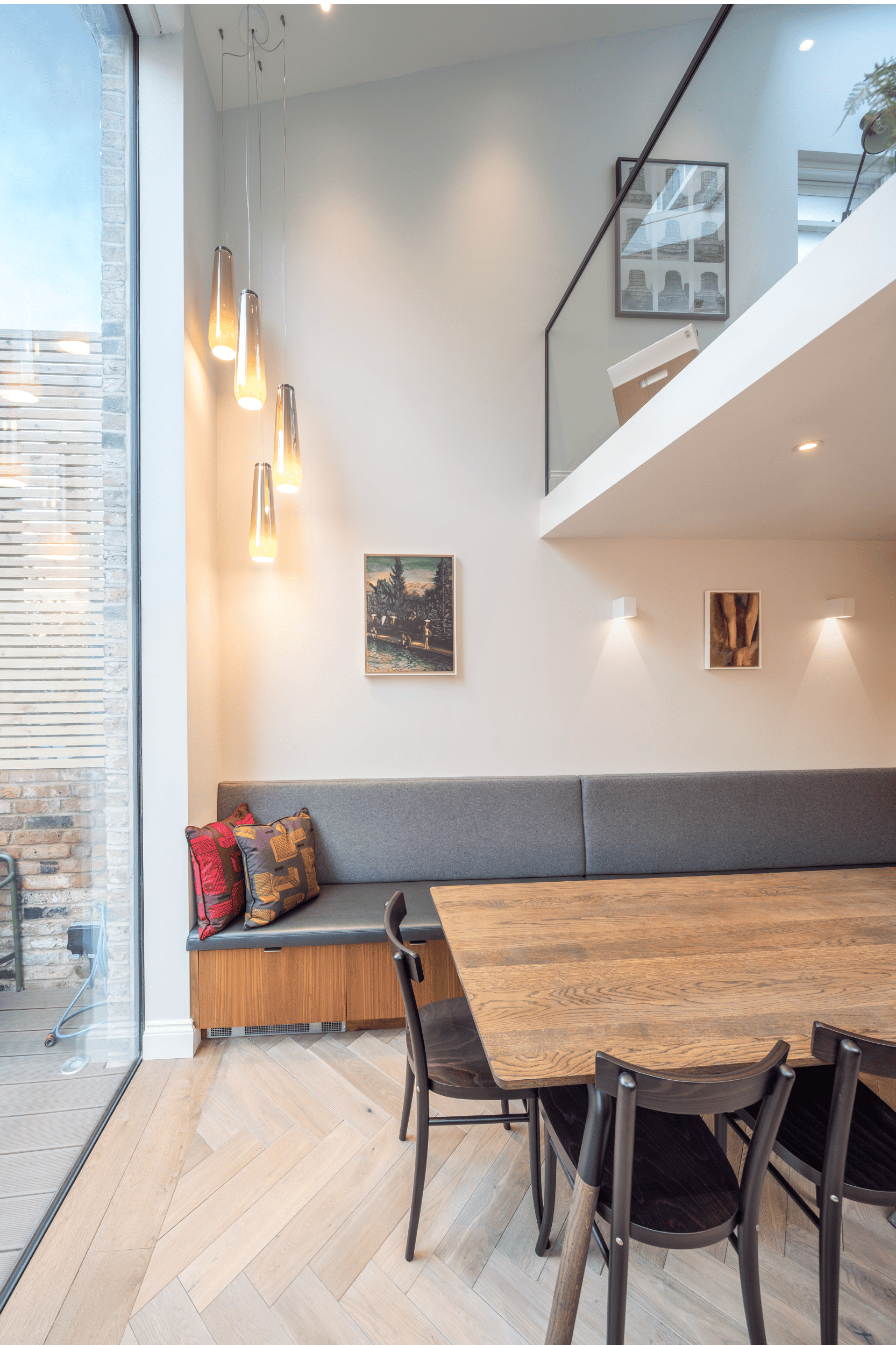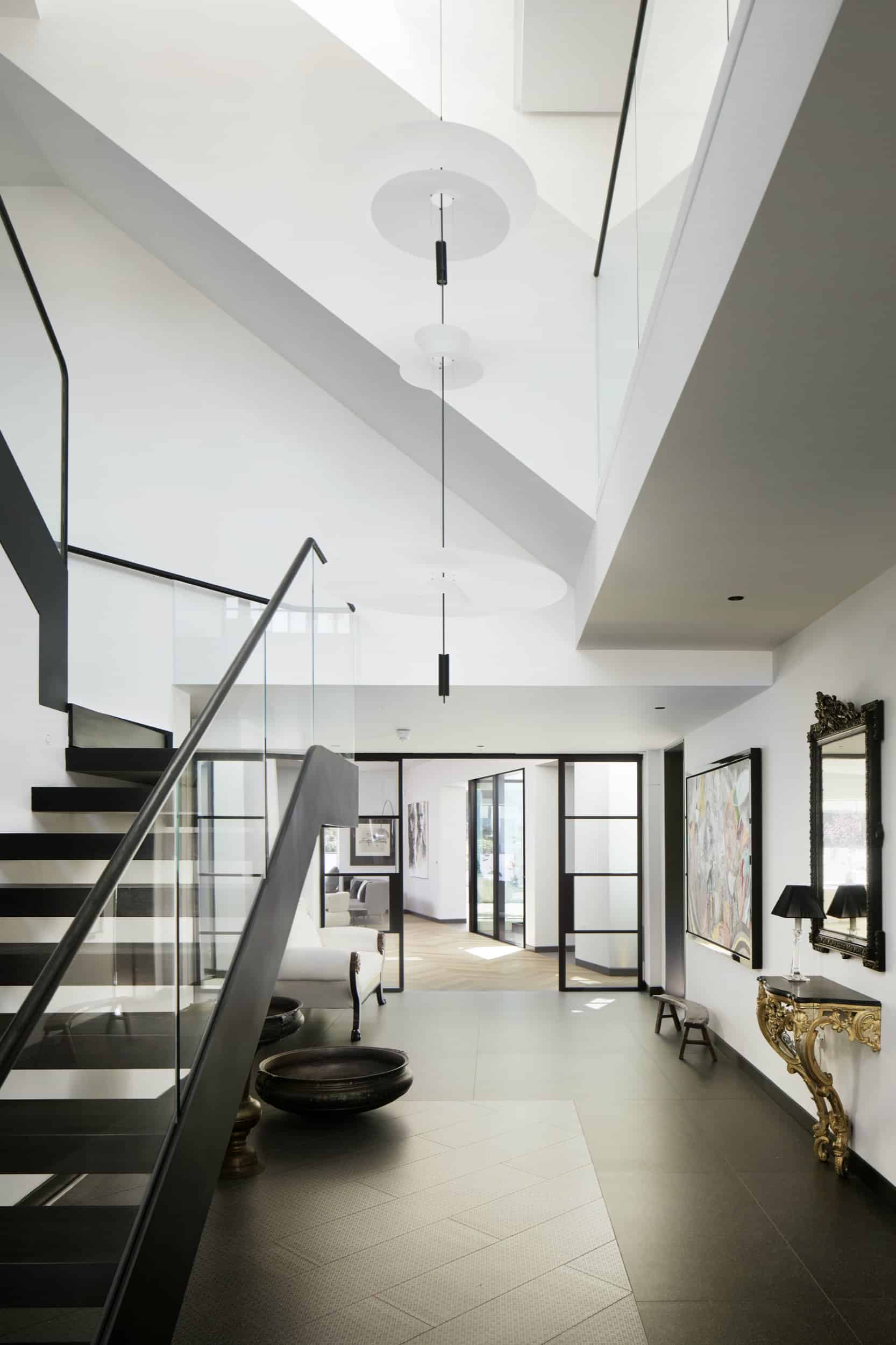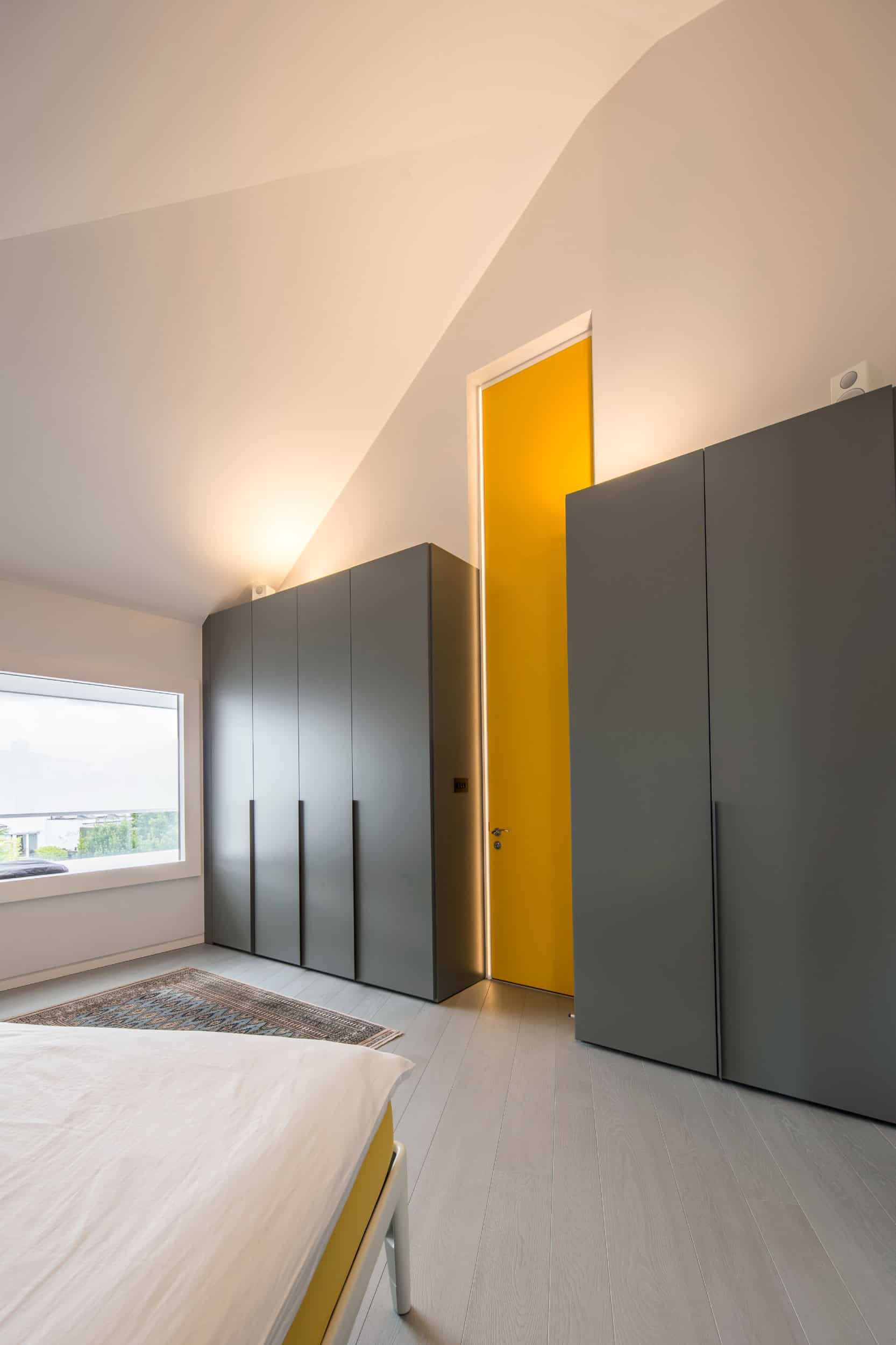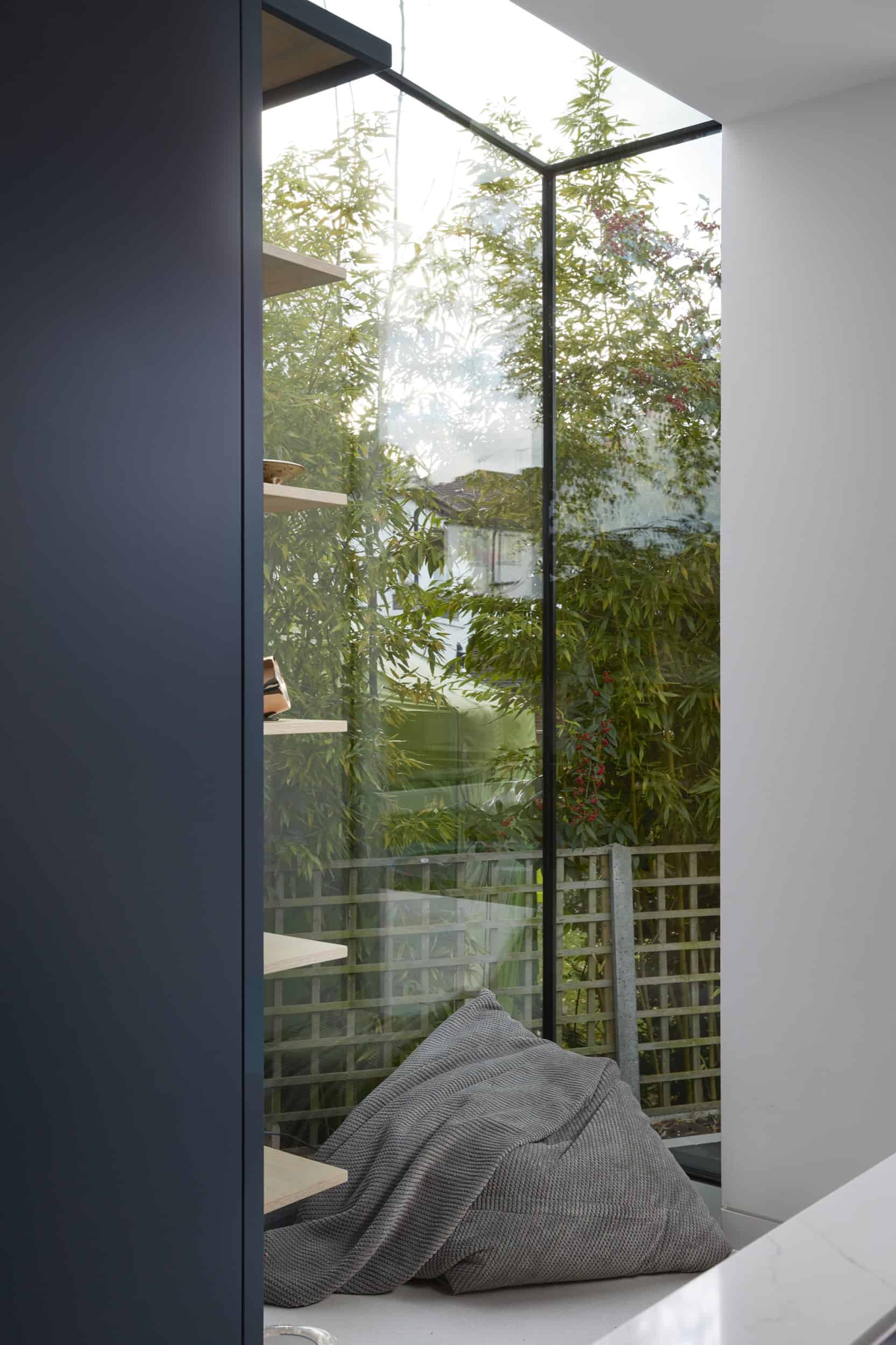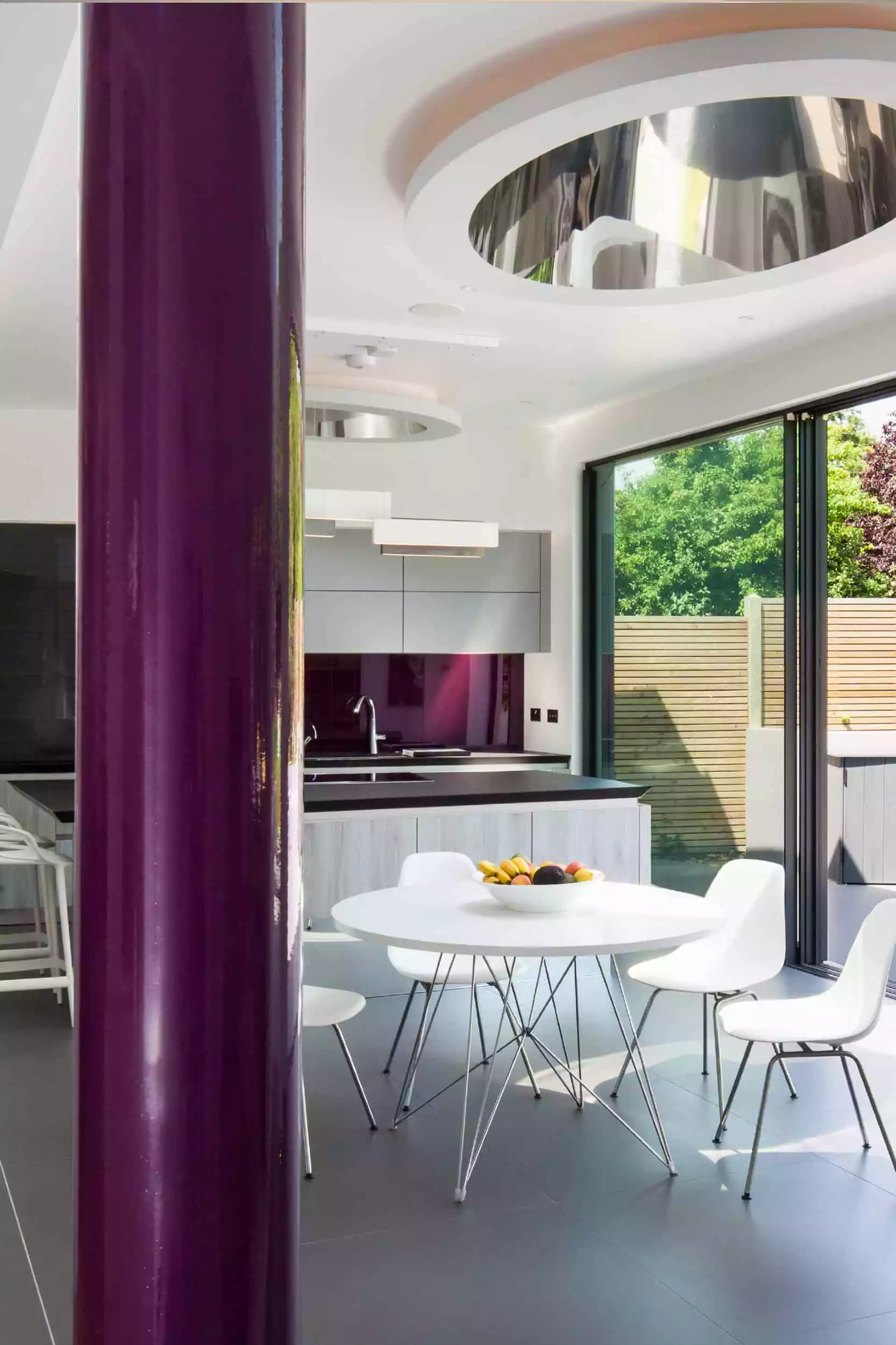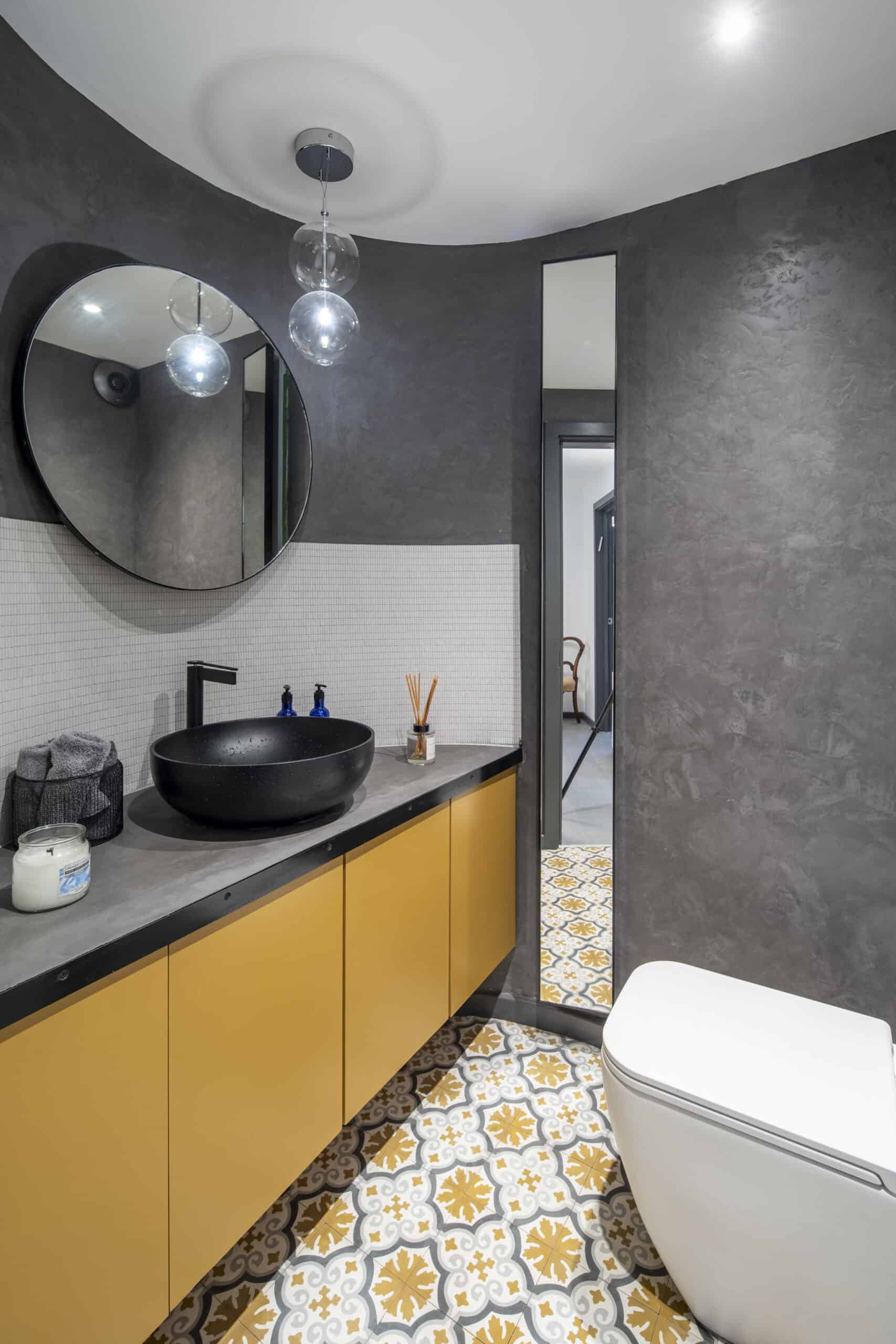Architecture has the potential to create powerful emotional responses. On this page, we explore how a range of spatial and sensory elements can improve the positive emotional impact of your home – with practical tips on how you can implement these principles into your own renovation project.
Architecture and emotions often go hand in hand. Many historical and religious buildings trigger a significant emotional impact, generating feelings of awe and amazement among visitors.
As a result, emotional responses form a crucial part of successful neuroarchitecture (the impact of architecture on the human mind). From ceiling height to curved shapes within furniture, there are a plethora of design elements that can directly impact our wellbeing.
Studies show that elements (such as colour, texture and spatial proportions) designed to provide comfort and balance to our senses, can help alleviate stress and pain in certain situations. Furthermore, an abundance of greenery can bring the positive impact of nature into indoor spaces. From house plants to large windows with garden views, bringing the outside in can have hugely positive effects on how we feel when we walk into a space.

"By incorporating elements like natural light, organic shapes, and thoughtful spatial organisation, architecture can reduce stress, enhance mood, and foster a deep sense of well-being."
Maia Lemlij
Proven links between architecture and emotions
A 2020 study utilised functional magnetic resonance imaging (fMRI) to measure neural activity in the brain, and asked participants to rate 200 images of different interiors.
Those deemed most ‘beautiful’ within the ratings featured elevated ceiling height, rounded shapes, and multiple windows or other openings to outdoor views. The study concluded that “the visual brain harbours sensitivities to psychological dimensions of coherence, fascination, and hominess (cosiness) in the context of architectural interiors”.
Another study has examined the effects of ceiling height, as well as the impact that perceived enclosure can have on decision making. Results further reinforced the idea that rooms with higher ceilings are more likely to be viewed as beautiful.
However, enclosed spaces elicited exit-focused decisions and activated a cingulate region in the brain – strongly connected to the amygdala. The amygdala is responsible for linking stimuli with positive or negative emotions, highlighting the brain’s tendency to automatically respond negatively to enclosed rooms.
This negative response also extends to elements displaying angular lines or ‘sharpness’, as evidenced in this 2013 study. Participants were more likely to judge spaces as ‘beautiful’ if they were curvilinear rather than rectilinear, with curvilinear contours exclusively activating the brain’s anterior cingulate cortex – a region strongly responsive to the rewarding properties of objects.
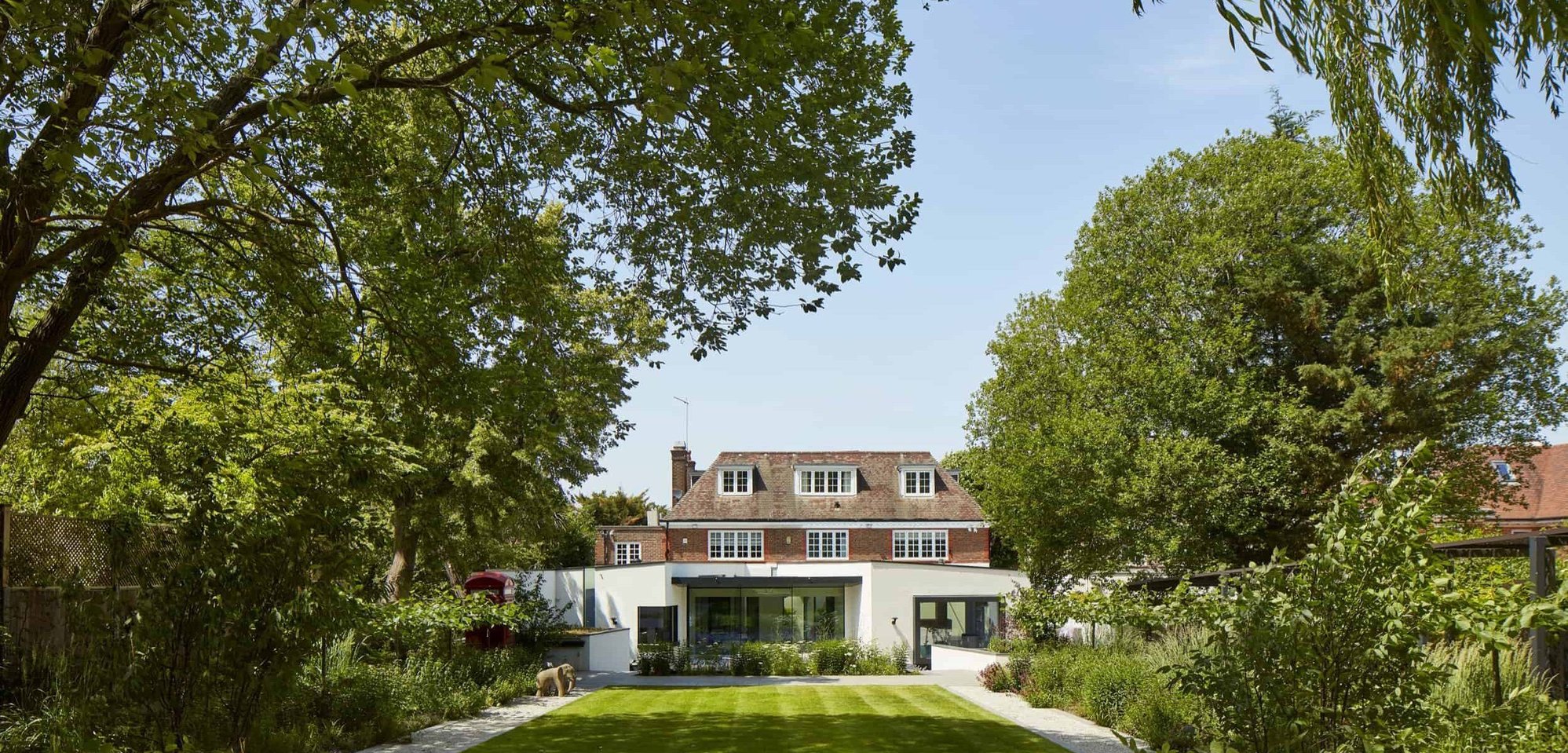
Techniques to incorporate positive emotional architecture in your home
Here are a few key ways you can enhance the emotional impact of your home.
Double-height ceiling
Double-height ceilings not only create an abundance of space, but also deliver a design impact that’s hard to ignore. A double-height ceiling helps blur the boundaries between rooms, providing an interconnecting effect.
Whether you have living spaces that extend to upper balconies or rooms characterised by towering height, the incorporation of a double-height ceiling can be a truly awe-inspiring feature for both aesthetic and functional reasons.
Examples of projects incorporating double-height ceilings can be found here:

Nature views
An array of studies have demonstrated the positive impact that nature views can have on human wellbeing. Views of trees, plants and green spaces in general have a tangible effect on our emotional state.
As a result, when we are greeted with views of nature upon entering a room, this instantly triggers feelings of being connected to nature – something we are all innately drawn to.
.jpg?width=768&height=1152&name=XUL-Architecture-Courtyard-House-Matt-Clayton-030-768x1152%20(1).jpg)
Curvilinear design
The importance of soft geometry should never be underestimated within interior design. Plenty of scientific research supports the fact that we display strong preferences for curves over angular/sharp lines.
This showcases the positive impact rounded, curvilinear designs can have within our homes – whether via curved walls or items of furniture.
An example of XUL’s successful use of curved interiors can be found here:


